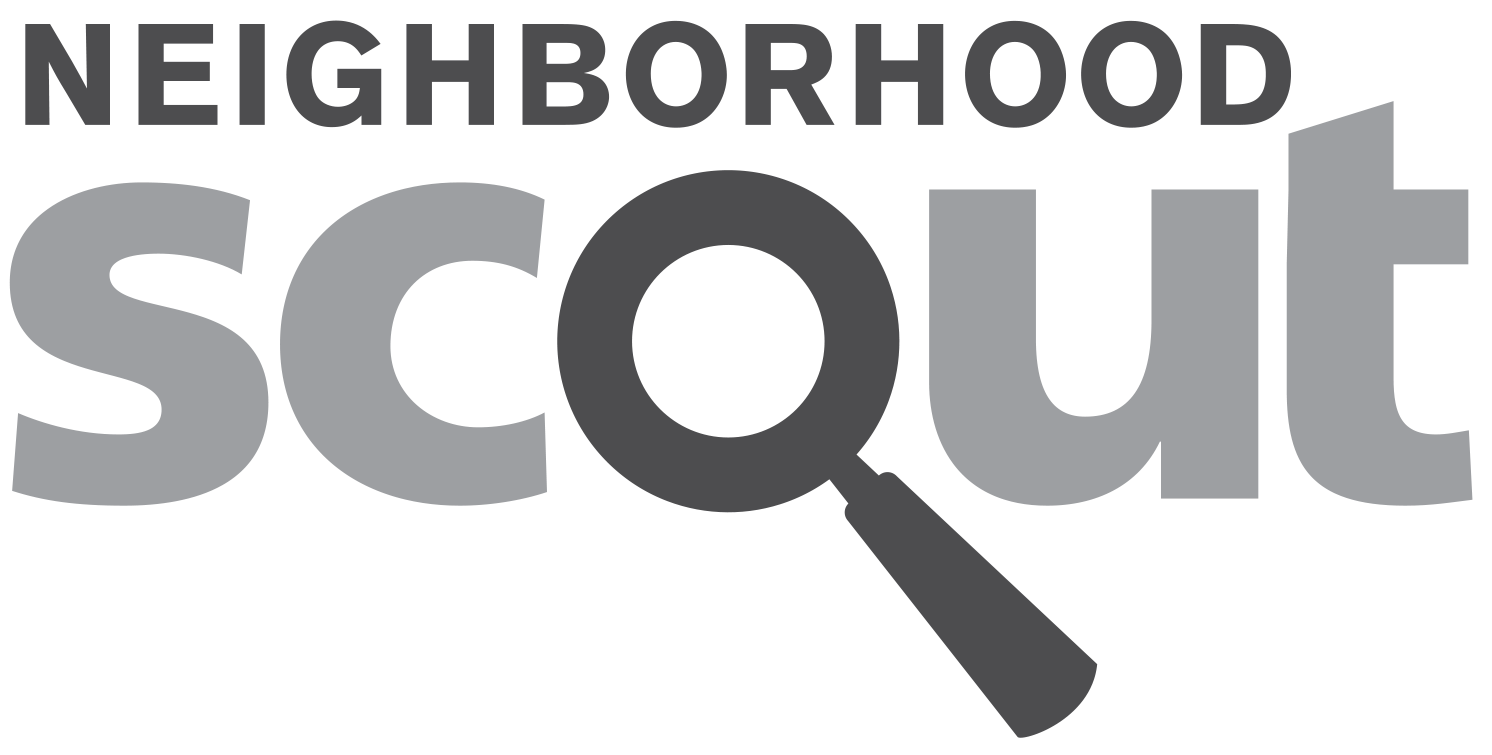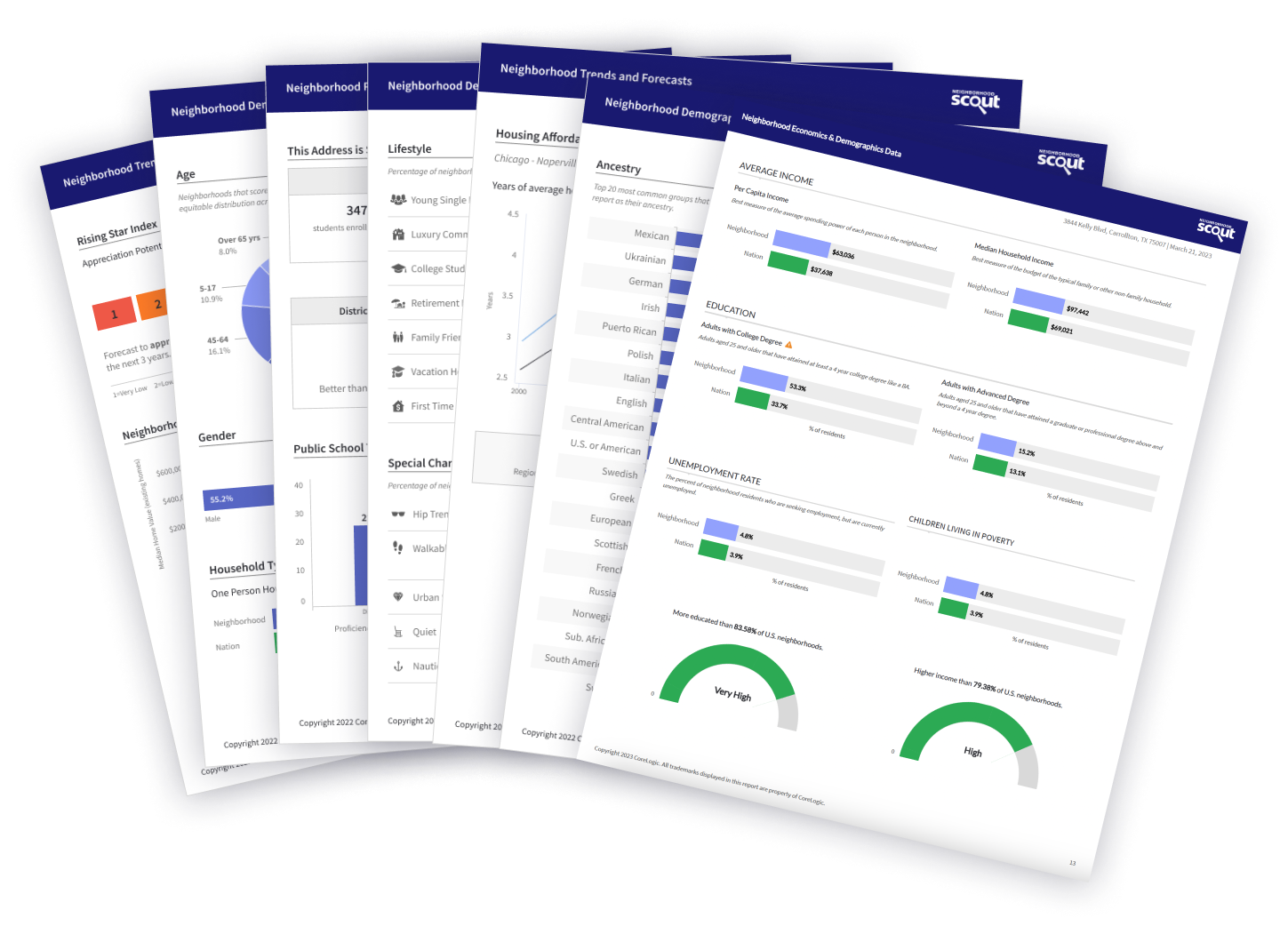Cordova is a very small coastal city (i.e. on the ocean, a bay, or inlet) located in the state of Alaska. With a population of 2,473 people and just one neighborhood, Cordova is the 28th largest community in Alaska.
Cordova real estate is some of the most expensive in Alaska, although Cordova house values don't compare to the most expensive real estate in the U.S.
Cordova is neither predominantly blue-collar nor white-collar, instead having a mixed workforce of both blue-collar and white-collar jobs. Overall, Cordova is a city of professionals, managers, and sales and office workers. There are especially a lot of people living in Cordova who work in management occupations (13.67%), office and administrative support (11.36%), and food service (10.01%).
There are many members of the armed forces living in Cordova. You will notice when you visit or live here that some of the people you meet or see around town are employed by the armed services - even if they are not always in uniform.
Cordova is also nautical, which means that parts of it are somewhat historic and touch the ocean or tidal bodies of water, such as inlets and bays. Such areas are often places that visitors and locals go for waterfront activities or taking in the scenery.
One of the benefits of Cordova is that there is very little traffic. The average commute to work is 10.41 minutes, which is substantially less than the national average. Not only does this mean that the drive to work is less aggravating, but noise and pollution levels are lower as a result.
Being a small city, Cordova does not have a public transit system used by locals to get to and from work.
The overall education level of Cordova is somewhat higher than in the average US city of 21.84%: 28.37% of adults 25 and older in the city have at least a bachelor's degree.
The per capita income in Cordova in 2022 was $41,550, which is middle income relative to Alaska, and upper middle income relative to the rest of the US. This equates to an annual income of $166,200 for a family of four.
Cordova is a very ethnically-diverse city. The people who call Cordova home describe themselves as belonging to a variety of racial and ethnic groups. The greatest number of Cordova residents report their race to be White, followed by Asian. Important ancestries of people in Cordova include German, Irish, English, Hungarian, and Norwegian.
The most common language spoken in Cordova is English. Other important languages spoken here include Italian and Tagalog.
The way a neighborhood looks and feels when you walk or drive around it, from its setting, its buildings, and its flavor, can make all the difference. This neighborhood has some really cool things about the way it looks and feels as revealed by NeighborhoodScout's exclusive research. This might include anything from the housing stock to the types of households living here to how people get around.
This neighborhood has wide open spaces, few people, and lots of space to stretch out. If you like locations that fit that description, you may like this neighborhood. Based on NeighborhoodScout's exclusive analysis, with only 1 people per square mile living here, this neighborhood is less crowded than 99.6% of America. is a neighborhood that is on the ocean, a bay, or inlet. Many times, such places have amenities that bring locals and visitors to the waterfront for recreational activities or to check out the scenery. In some densely populated areas that are less financially well-off, the neighborhood waterfront can be relatively industrial and less open to recreation. In addition to being coastal, is a very nautical neighborhood, meaning that it is somewhat historic, walkable, densely populated and on the water. This gives the neighborhood a very nautical feel, with some seaside and shipping feel, which some may really enjoy the sights and sounds of.
In addition, despite all of the residential real estate here in the neighborhood, NeighborhoodScout has discovered that much of it is vacant. In resort or second-home vacation areas, this naturally occurs because homes and apartments are seasonally occupied, and empty for a portion of the year. In non-vacation or resort areas, however, this can be an indicator of property abandonment or a weak real estate market. The vacancy rate here is 34.6%, which is higher than 96.6% of all U.S. neighborhoods.
In a nation where 1 out of every 4 children lives in poverty, the neighborhood stands out as being ranked among the lowest 0.0% of neighborhoods affected by this global issue.
In addition, if you're planning where to retire, the neighborhood in Cordova is a great option to consider. According to NeighborhoodScout's exclusive retirement dream area analysis, it's peaceful and quiet, has above average safety ratings compared to other neighborhoods in AK, offers a wide range of housing options, and has already attracted an enviable mix of college educated seniors. This neighborhood ranks as better for retirement living than 88.7% of the neighborhoods in Alaska. If you are considering retiring to Alaska, this is a good neighborhood to look at.
Whether walking, biking, riding, or driving, the length of one's commute is an important factor for one's quality of life. The neighborhood stands out for its commute length, according to NeighborhoodScout's analysis. Residents of the neighborhood have the pleasure of having one of the shortest commutes to work of any neighborhood in America. 84.7% of the residents have a commute time from home to work (one way) of less than fifteen minutes. This is a higher proportion of residents enjoying a short trip to work than NeighborhoodScout found in 99.8% of U.S. neighborhoods. Less time commuting means more time for other things in life.
The neighborhood stands out nationally for having a greater proportion of its residents active in the military than 98.7% of other U.S. neighborhoods. If you come here, you will notice military people active in their jobs, going to and from work, and in plain clothes out and about the neighborhood.
Furthermore, each year, fewer and fewer Americans make their living as farmers, foresters, or fishers. But the neighborhood truly stands out among U.S. neighborhoods. According to exclusive NeighborhoodScout analysis, this neighborhood has a greater proportion of farmers, foresters, or fishers than 97.1% of all American neighborhoods. This is truly a unique cultural characteristic of this neighborhood.
In addition, the neighborhood has a greater proportion of government workers living in it than 96.2% of the neighborhoods in America, according to NeighborhoodScout's exclusive analysis. This is a unique feature of this neighborhood, and one that shapes its character.
More people in choose to walk to work each day (19.2%) than almost any neighborhood in America. If you are attracted to the idea of being able to walk to work, this neighborhood could be a good choice.
Did you know that the neighborhood has more Hungarian and Eastern European ancestry people living in it than nearly any neighborhood in America? It's true! In fact, 5.8% of this neighborhood's residents have Hungarian ancestry and 3.0% have Eastern European ancestry.
is also pretty special linguistically. Significantly, 6.3% of its residents five years old and above primarily speak Tagalog, which is the first language of the Philippine region, at home. While this may seem like a small percentage, it is higher than 98.6% of the neighborhoods in America.
How wealthy a neighborhood is, from very wealthy, to middle income, to low income is very formative with regard to the personality and character of a neighborhood. Equally important is the rate of people, particularly children, who live below the federal poverty line. In some wealthy gated communities, the areas immediately surrounding can have high rates of childhood poverty, which indicates other social issues. NeighborhoodScout's analysis reveals both aspects of income and poverty for this neighborhood.
The neighbors in the neighborhood in Cordova are upper-middle income, making it an above average income neighborhood. NeighborhoodScout's exclusive analysis reveals that this neighborhood has a higher income than 64.1% of the neighborhoods in America. In addition, 0.0% of the children seventeen and under living in this neighborhood are living below the federal poverty line, which is a lower rate of childhood poverty than is found in 100.0% of America's neighborhoods.
What we choose to do for a living reflects who we are. Each neighborhood has a different mix of occupations represented, and together these tell you about the neighborhood and help you understand if this neighborhood may fit your lifestyle.
In the neighborhood, 40.2% of the working population is employed in executive, management, and professional occupations. The second most important occupational group in this neighborhood is sales and service jobs, from major sales accounts, to working in fast food restaurants, with 23.1% of the residents employed. Other residents here are employed in manufacturing and laborer occupations (20.4%), and 13.7% in government jobs, whether they are in local, state, or federal positions.
Languages
The languages spoken by people in this neighborhood are diverse. These are tabulated as the languages people preferentially speak when they are at home with their families. The most common language spoken in the neighborhood is English, spoken by 84.0% of households. Other important languages spoken here include Italian, Tagalog (the first language of the Philippine region) and Vietnamese.
Ethnicity / Ancestry
Culture is the shared learned behavior of peoples. Undeniably, different ethnicities and ancestries have different cultural traditions, and as a result, neighborhoods with concentrations of residents of one or another ethnicities or ancestries will express those cultures. It is what makes the North End in Boston so fun to visit for the Italian restaurants, bakeries, culture, and charm, and similarly, why people enjoy visiting Chinatown in San Francisco.
In the neighborhood in Cordova, AK, residents most commonly identify their ethnicity or ancestry as German (27.8%). There are also a number of people of Irish ancestry (14.0%), and residents who report Asian roots (9.8%), and some of the residents are also of English ancestry (9.1%), along with some Hungarian ancestry residents (5.8%), among others.
How you get to work – car, bus, train or other means – and how much of your day it takes to do so is a large quality of life and financial issue. Especially with gasoline prices rising and expected to continue doing so, the length and means of one's commute can be a financial burden. Some neighborhoods are physically located so that many residents have to drive in their own car, others are set up so many walk to work, or can take a train, bus, or bike. The greatest number of commuters in neighborhood spend under 15 minutes commuting one-way to work (84.7% of working residents), one of the shortest commutes across America.
Here most residents (56.5%) drive alone in a private automobile to get to work. In addition, quite a number also hop out the door and walk to work to get to work (19.2%) and 18.4% of residents also carpool with coworkers, friends, or neighbors for their daily commute. In a neighborhood like this, as in most of the nation, many residents find owning a car useful for getting to work.

